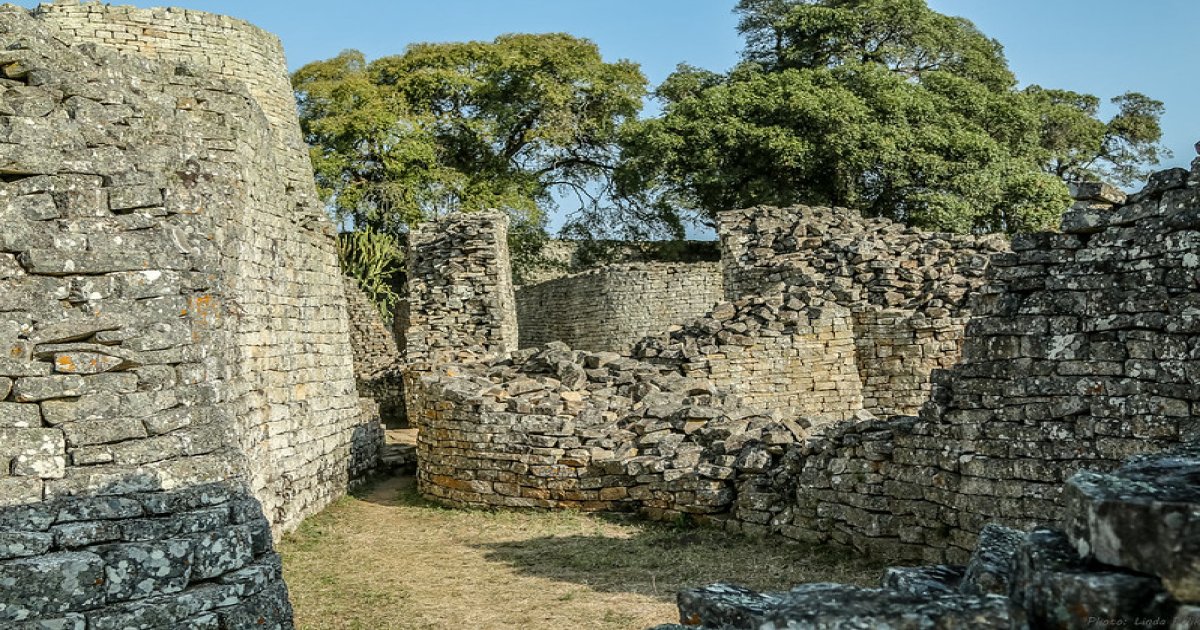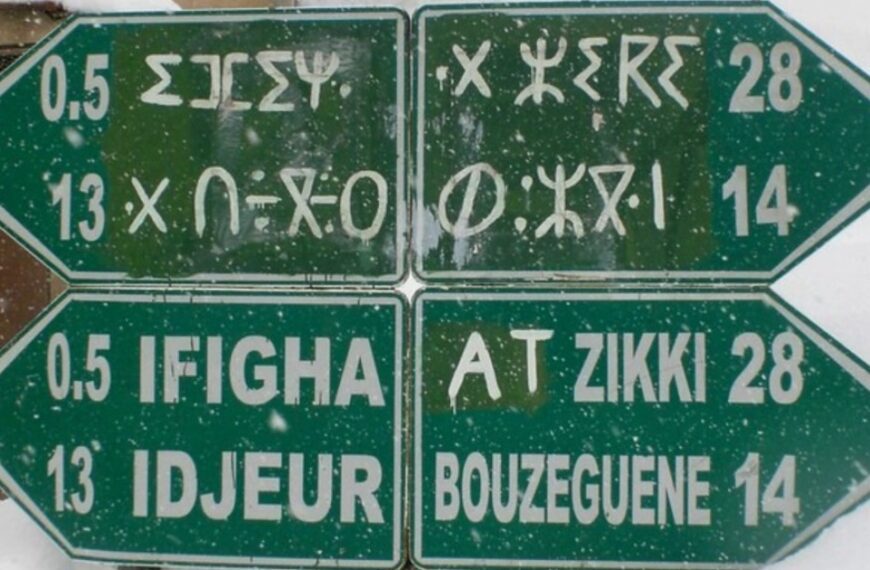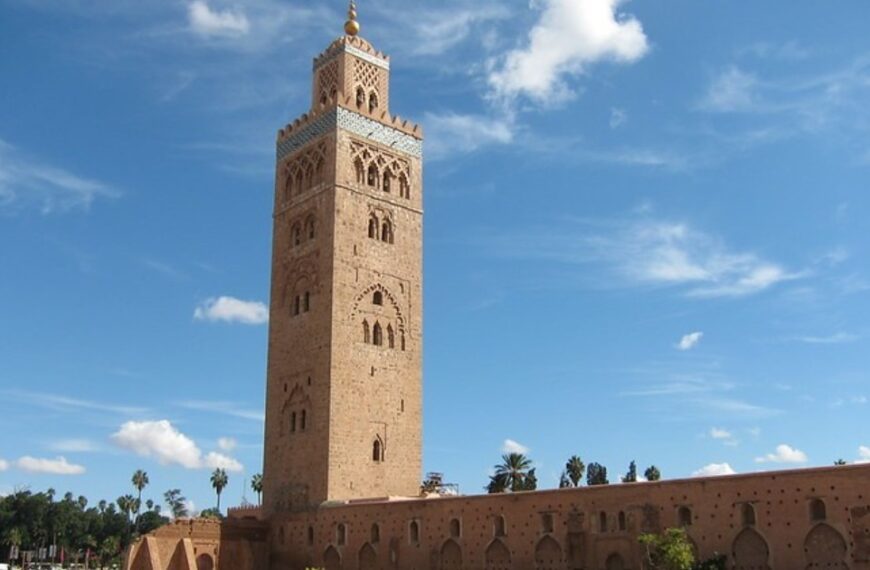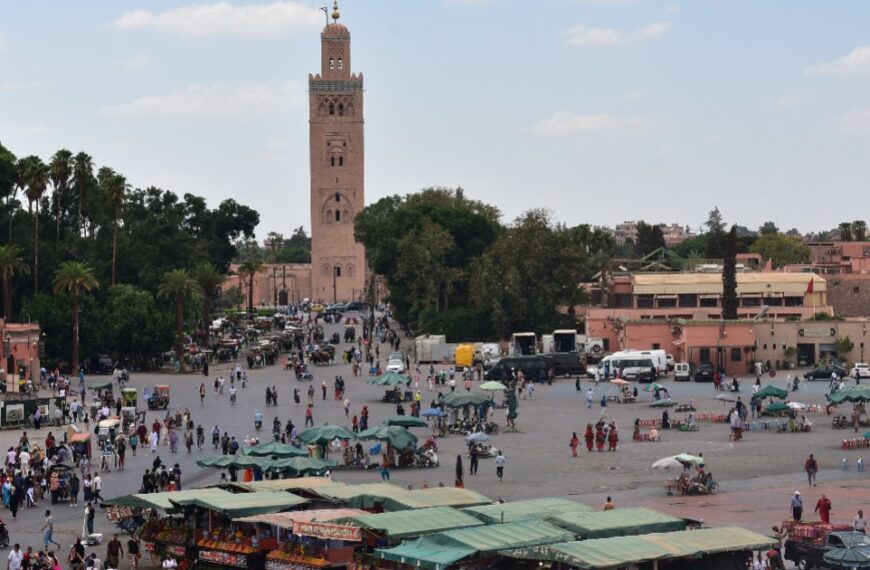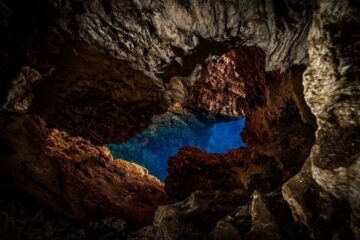A huge stone metropolis emerges from the earth and dominates the scenery in the highlands of southern Zimbabwe, close to Lake Mutirikwi and the city of Masvingo. During its prime, this city served as a major crossroads for the exchange of goods from all over the globe. Even though it has been abandoned for the better part of a millennium, the remarkable structure endures as a testament to the Africans’ inventiveness and skill. The Great Zimbabwe is a legendary and historic location.
The Structures Of Great Zimbabwe
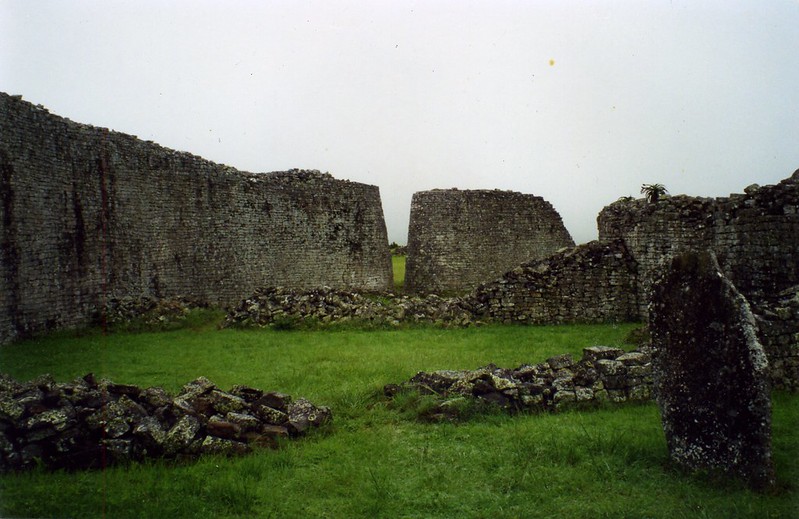
The Portuguese commander of the garrison at Sofala, present-day Mozambique, provided the first known account of Great Zimbabwe.
A small group of Portuguese explorers visited the site, but it would be another three centuries before European explorers came in large numbers to find out what it was. They discovered much more than they had anticipated from Africans.
Great Zimbabwe, which spans an area of 7.22 square kilometers (2.79 square miles), is comprised of three separate regions and architectural styles. The Hill Complex is the earliest and, as its name implies, is located on a hill. It was likely built in the 9th century and inhabited until the 13th. The Valley Complex was constructed in the 14th century, while the Great Enclosure was constructed in the 13th century and occupied until the 15th century. The whole city appears to have been abandoned altogether by the 16th century.
Detailed Description
Although the exact connection between the various complexes is unclear, archeologists generally agree that the Great Enclosure was the abode of the site’s aristocracy and that the Hill Complex served as the site’s religious center. The remainder of the population, which may have peaked at about 18,000 people, lived in mud-brick homes in the Valley Complex.
The Great Enclosure is the site’s most impressive feature. The walls of this building are 9.7 meters (32 feet) in height, and it is circular in plan. What’s fascinating about it is that no mortar was utilized in the building process. High levels of engineering skill are evident in the precision with which each stone was molded to fit and the resulting extraordinarily robust structure. A conical tower, about 18 feet in the air in height, stands inside the Great Enclosure.
The Natives Of The Area
The majority of historians agree that Great Zimbabwe was constructed by members of the Gokomere civilization. People of this sub-Saharan origin settled in the region surrounding Great Zimbabwe around the fourth century CE. Near Great Zimbabwe is a town named Gokomere, noted for its rock painting and pottery traditions dating as far back as 300 CE.
The Gokomere established a vast trading network that reached from the coast of present-day Mozambique, eastward over the Chimanimani Mountains, and northward into the lands of the Swahili people of present-day Kenya and Tanzania. The Swahili had contact with both Chinese and Arab trading fleets.
The fall of Great Zimbabwe has been attributed to a wide variety of factors. By the 1450s, Great Zimbabwe probably had a scarcity of resources because it had been disconnected from the major trading networks. Great Zimbabwe may have been abandoned in the 15th century due to a combination of political instability and climate change-induced famine.
Significant Artifacts
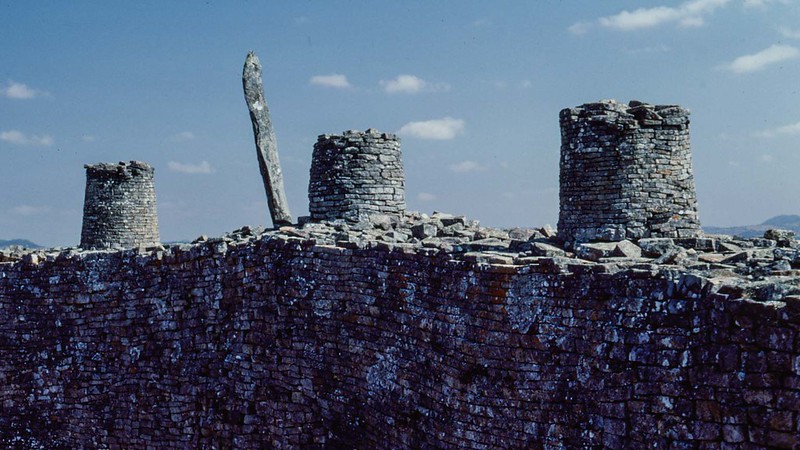
Soapstone birds by Great Zimbabwe are the most popular pieces from the site. One of these artifacts is shown on Zimbabwe’s national flag and is the emblem most associated with the country. The Europeans removed eight of these monolithic objects from the site. Seven of these artifacts have been returned since then. The eighth is at the former home of Cecil John Rhodes, the Groote Schuur Estate in Cape Town, South Africa. The Shona of Zimbabwe believe the birds symbolize the bateleur eagle, a lucky mascot.
Many of the items from Great Zimbabwe, such as figurines, use soapstone since it was a cultural marker for the people who lived there. Iron gongs, earthenware, bronze spearheads, finely carved ivory, copper ingots and traces of copper manufacture, and a large quantity of jewelry, including bracelets and pendants, were also discovered alongside these well-known symbols. Glass beads, porcelain, and other goods from China, Persia, and Syria were discovered alongside ironwork.
Research On The Site
Old Research
Extreme prejudice from Europeans who worked at the site during the early digs in the late 19th century plagued the project. German explorer and geographer of Africa Karl Mauch made the observation in 1871 that the Great Enclosure was built with wood brought from Lebanon in an effort to recreate the palace of the Queen of Sheba in Jerusalem.
The explorer and amateur archeologist Theodore Bent studied the remains at the behest of Cecil John Rhodes. Bent, in a book that brought the remains to the attention of the British public, suggested that the city had been constructed by either the Phoenicians or the Arabs.
The first credible expert confirmation of the site’s genuine nature dates back to 1905 when an expedition led by David Randall-MacIver of the British Society discovered it. Randall-MacIver asserted that the location was medieval in its historical period and was created by the ancestors of the Shona people.
Recent Research
Recent studies have provided more evidence that the site was constructed by the Shona, a group descended from the Gokomere. The building was apparently inspired by the Venda people, who erected the Mapungubwe civilization farther south.
The property suffered from more than just colonial plundering, however. Tourists scaling walls and trampling across walkways have added to the harm caused by careless archeological techniques over the last century. The building was severely harmed by 1980s reconstruction efforts. This is in addition to the wear and tear that time and weather have put on the structures.
Significance Of The Ruins
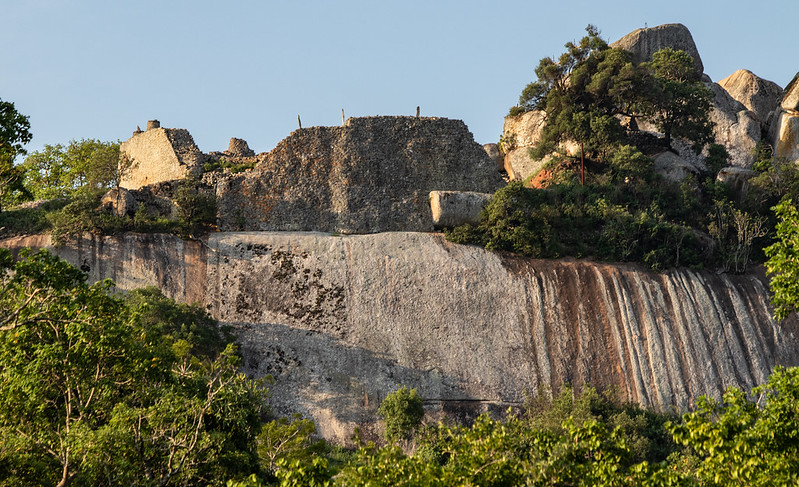
While Zimbabwe was under European rule (as Rhodesia), archeological studies of the Great Zimbabwe ruins were suppressed for many decades. Any notion that black people were capable of constructing a civilization ran contrary to the bigoted narratives propagated by white rule in Southern Africa.
After the transition to black governance under its first president, Canaan Banana, it became impossible to suppress information about Great Zimbabwe. Even the emerging nation derives its name from the ruins.
The ruins of Great Zimbabwe are significant as a symbol of black civilization. However, there are still those who hold the preposterous belief that Great Zimbabwe was constructed as a trading post by the Portuguese or even the Phoenicians. This originates from a prejudiced attitude that, thankfully, is diminishing with time.
The lack of information about Great Zimbabwe is largely attributable to the extensive plundering carried out by European travelers. As a consequence of their plunder, Great Zimbabwe’s archaeological record has been significantly diminished.
Great Zimbabwe, a UNESCO World Heritage Site since 1986, is the largest medieval stone structure in sub-Saharan Africa. It was the center of a vast trade network that imported products from all corners of the known globe, including China. As with all civilizations, however, it has been lost to history.
Today, the site’s desolation imbues it with an aura of enigmatic awe. With many of its secrets still concealed, the Great Zimbabwe spirits still have a story to tell.
Read also: Chinhoyi Caves, what to know.

